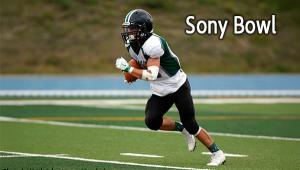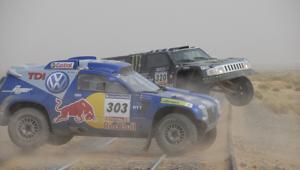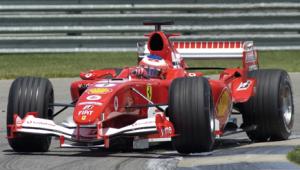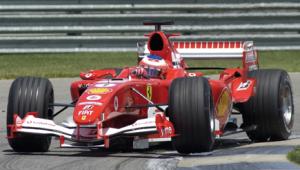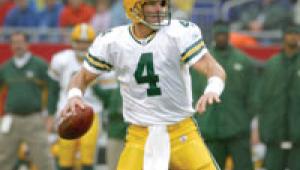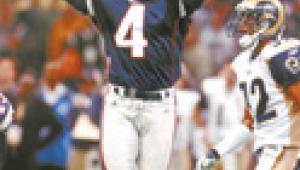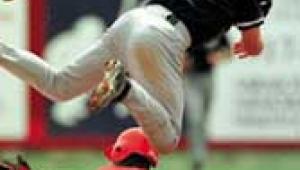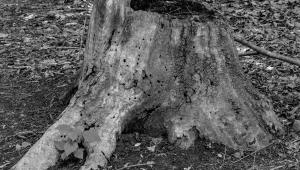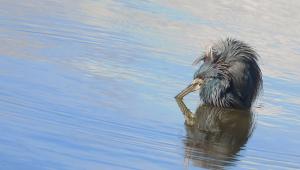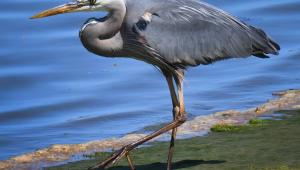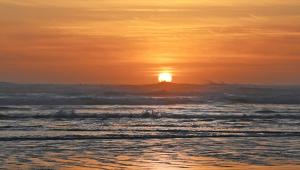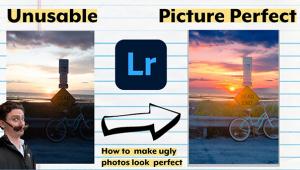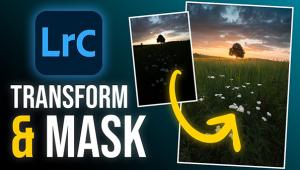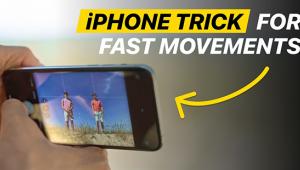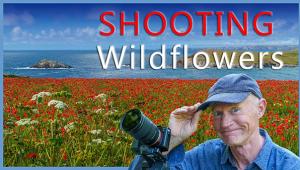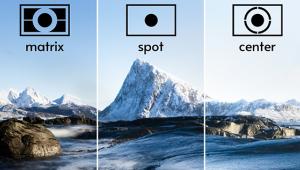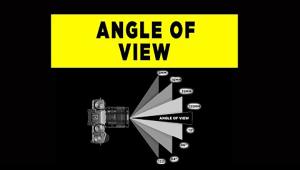Covering The Sports Beat; Capturing The Action
This is an excerpt from the book “Sports Photography: How to Capture Action and Emotion” by Peter Skinner.
 |
|
|
Virtually every day we see great sports action photographs in newspapers and magazines. As the term implies, the photographers who made these images have truly “captured the action.” Because we see them so often, it can be easy to overlook the skill and talent involved in producing these attention-grabbing photographs. While luck might be involved in making great sports shots, invariably luck favors the photographer who knows what to expect, and is well prepared to capitalize on that fleeting, never-to-be-repeated moment when something extraordinary happens.
 |
|
|
The dramatic image of a skier leaning into a turn after coming over a crest at break-neck speed was made because the photographer knew the exact spot where the move would be executed and was prepared for that definitive shot of a climactic moment. Just before it happened the photographer reacted as skillfully and professionally as any well-trained athlete who rises to the occasion at a critical time. In about the time it takes to blink the moment was over, but it was captured in a photograph.
 |
|
|
In many ways sports shooters are not too different from the sports men and women they photograph. Athletes are competitive and so are top sports photographers. Being prepared, whether you’re an athlete or a photographer, is paramount. Nothing out of the ordinary might happen, but when it does you might miss it if you are not prepared.
 |
|
|
Location, Position, And Planning
There is no right or wrong way to shoot sports. It’s an individual choice based on your own vision, creativity, what you’re trying to portray, and to a large extent the access you can get to the action. Most sports are better photographed from specific spots or angles of view and knowing a sport will help you choose the ideal locations. If you’re covering a sport such as football, baseball, tennis or any other game where the boundaries are defined, positioning yourself is dictated to a large extent by the way the game is played and the area most likely to produce the shots you’re after.
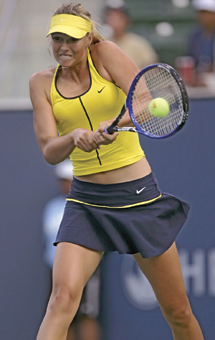 |
|
|
Presuming you are familiar with the sport and know the best angles to shoot from—or conversely, viewpoints to avoid—you still need to plan ahead. Some things might seem basic and logical but it’s surprising how overlooking details can sabotage your efforts. Covering outdoors events that are spread over a long course such as a cycling road race, a marathon, triathlon, cross-country ski race, white water kayaking and similar requires special planning. Scouting ahead of time is vital. And have a shot list for specific pictures. This can save you trying to cover everything. Other images apart from the ones you plan will present themselves—they are a bonus for sound preparation.
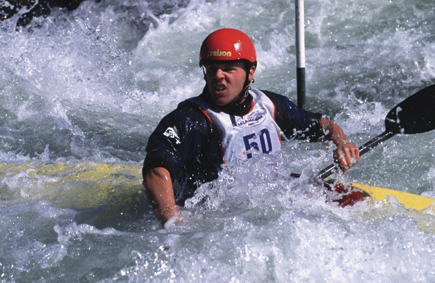 |
|
|
Know the course and the best vantage points. Keep in mind the time of day, the angle of the sun and how long that spot is likely to be well lit. Ask officials about the course layout. These people want coverage of their events and will probably do what they can to help you but don’t leave the approach to the last minute! Also, ask if and when access to any part of a course might be closed. Rushing to a great location only to find it is off limits would be frustrating, to say the least.
Once you’ve selected the best vantage spots get the approximate times that athletes will get there after the start and how many circuits will be made. An elevated vantage point can be handy and you can even take your own, such as a small, lightweight stepladder, an aid that Bob Woodward uses often.
 |
|
|
